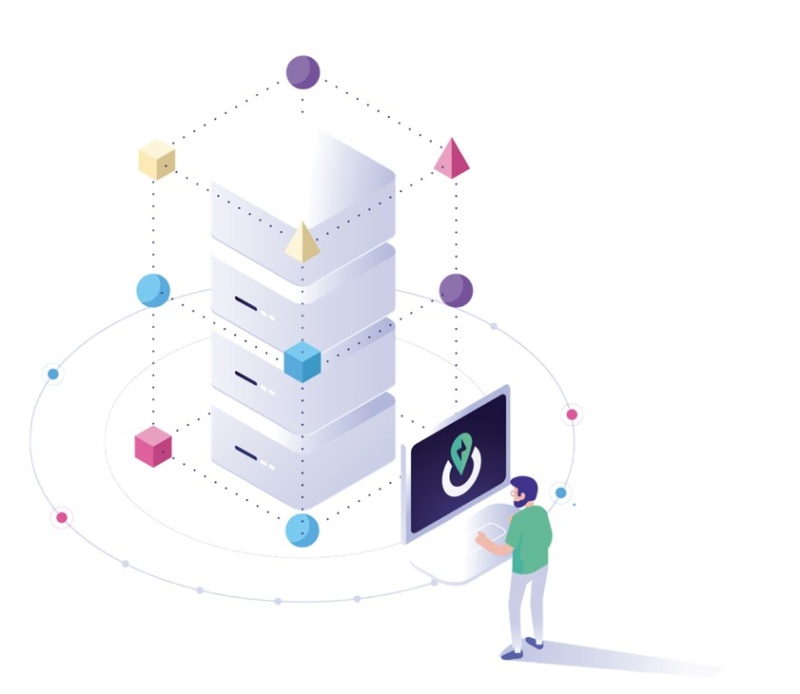Blockchain was introduced as the underlying technology that powered Bitcoin - the first cryptocurrency in January 2009. But today, because Blockchain has many interesting properties, it can be used for many other applications than cryptocurrency. TEO-the energy origin explains in 2 minutes what is Blockchain.
Defining Blockchain
Blockchain is a distributed and decentralized digital ledger of transaction that anyone can read freely and without cost. The information that is recorded is timestamped and immutable, meaning that no one can modify or delete it.
Focus on the 2 key principles of Blockchain
To understand why Blockchain is used as a trustful technology for many applications, let’s detail its 2 basic principles:
-
Decentralization: the digital ledger is not owned or managed by one unique entity but rather by a network of stakeholders, that can communicate without the use of one central server. Because all network participants can have a copy of the ledger, it makes it more robust to face attacks, fraud, etc. creating more trust in the ecosystem.
-
Immutability: the blockchain can be visualized as blocks of transactions stacked on top of each other, where the first block serves as the foundation of the stack. Each block of the stack contains a digital footprint of all the previous blocks. This cascade effect ensures that once a block is added to the stack of blocks, it cannot be changed.
These 2 key principles help to understand how Blockchain technology allows recording and transferring data in a secure way without any intermediary.

Private & Public Blockchain
Today, it exists many different Blockchains, but they can be categorized into 2 blockchain types:
-
Public Blockchain where anyone can join the network, add information, and where transactions are public
-
Private Blockchain where only specific stakeholders can be invited to participate, and where they need permission to read, write or audit the Blockchain.
Consensus algorithms
Each Blockchain – whether it is a public or private blockchain - must therefore define a protocol, called consensus algorithm: an agreed upon methodology that allows the network to reach a collective agreement, to decide whether a transaction needs to be implemented or not.
There are various consensus algorithms, let’s have a look at 3 of them:
-
Proof of work: the central idea behind this algorithm is to solve a complex mathematical puzzle and easily give out a solution (this is called mining). This mathematical puzzle requires a lot of computational power and thus, the node who solves the puzzle as soon as possible gets to mine the next block. Bitcoin is based on Blockchain technology relying on the Proof of Work protocol.
-
Proof of Stake is a method for which users must prove ownership of a certain amount of currency, locking up some of their coins as stake. A validator is chosen to generate a new block based on their economic stake in the network. Recently, the cryptocurrency Ethereum as switched from a Proof of Work consensus to a Proof of Stake.
-
Proof of Authority: identity and reputation are valued instead of cryptographic assets as in the case of Proof of Stake, or computational power in Proof of Work. Here, validators are pre-identified and must meet certain conditions proving their long-term commitment to maintaining the Blockchain.